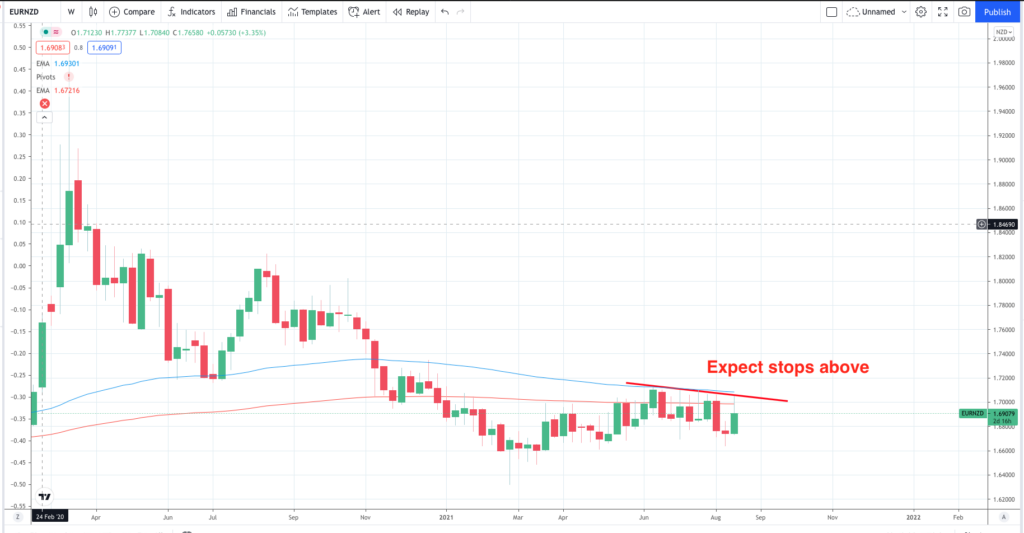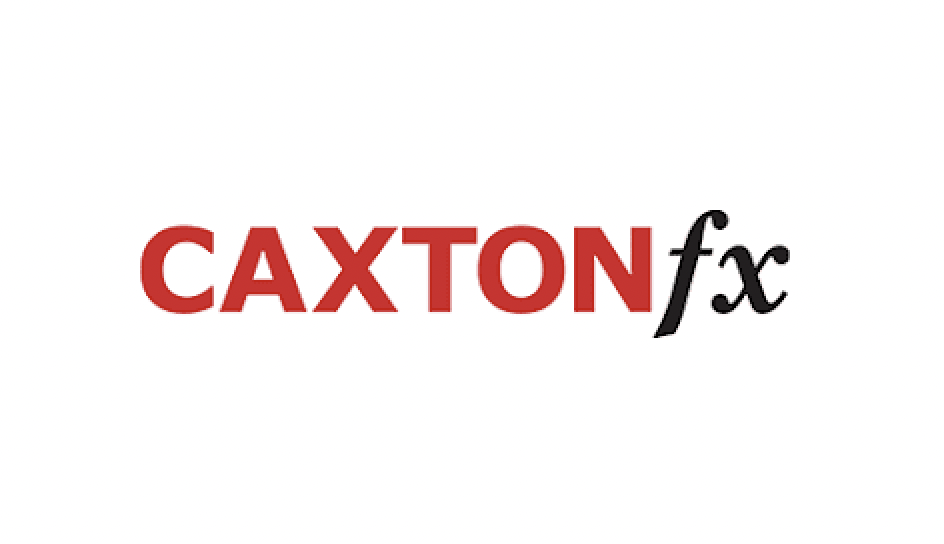RBNZ: Hawkish Hold

It was always going to be a tough meeting with circumstances changing only hours before the RBNZ official cash rate decision. The discovery of a single COVID-19 case sent New Zealand into a three-day nationwide lockdown and Auckland into a seven-day lockdown. Remember that New Zealand has a low fully vaccinated rate, so that means the country is still pursuing an elimination strategy to dealing with COVID.
So, the trouble for the RBNZ was as follows. Do they respond to contain rising inflation and a hot property and jobs market and hike rates? Or do they respond to the new COVID-19 cases and containment measures and leave rates unchanged? Essentially, as the saying goes, they are caught between the devil and the deep blue sea.
In the end, they tipped their hat to both pressures.
Covid pressure
They did not hike rates but kept rates unchanged at 0.25% due to the new COVID level 4 restrictions. This sent the NZD lower. The RBNZ reminded markets that they could decide to re-start the LSAP QE program if necessary. This was the support that was halted on July 23.
Employment, inflation & housing pressure
However, the inflation and employment outlook would be reviewed on an ongoing basis with a view to raising interest rates over time. Both employment and housing are seen as ’above maximum’ sustainable levels. Inflation, as a reminder, was up at 3.3% y/y with the highest reading in 19 quarters and above the generous 1-3% inflation band that the RBNZ has.
In the end, the only way is still up
The projections for the cash rate were all revised higher. The RBNZ see the cash rate at 0.59% by December (previously it was 0.25%, 1.38% on September 2022 (previously 0.49%), 1.62% in December 2022 (previously 0.67%). So, when all is said and done, the RBNZ are actually optimistic about the future and see the OCR rising into the near future. This optimism was underscored by RBNZ Governor Orr who says lockdown is a concern but is less concerned than would have been last year. Orr added that the country is in a very good position to maintain economic momentum.
The bottom line
This should mean the NZD keeps an upside bias. If a surprise rate hold and its first COVID-19 case in months could not sink the NZD out of the RBNZ rate decision, then we need to bear this market maxim in mind. If something won’t fall on bad news, then it won’t fall at all. Of course, this is not a guarantee of further gains, but it means that investors will see it as reasonable to maintain an NZD buy bias going forward. NZDJPY longs and EURNZD shorts both look suitable.

Giles Coghlan










